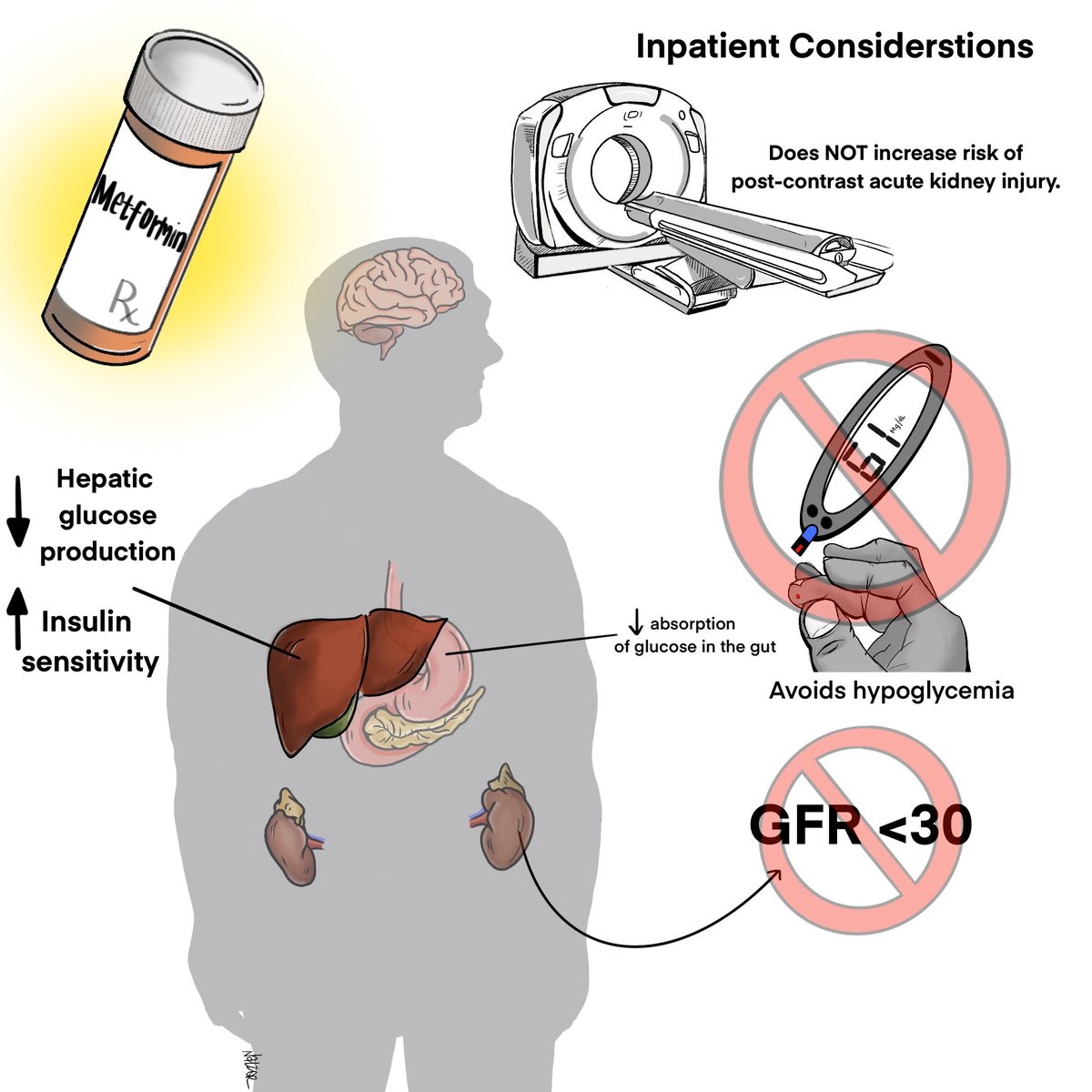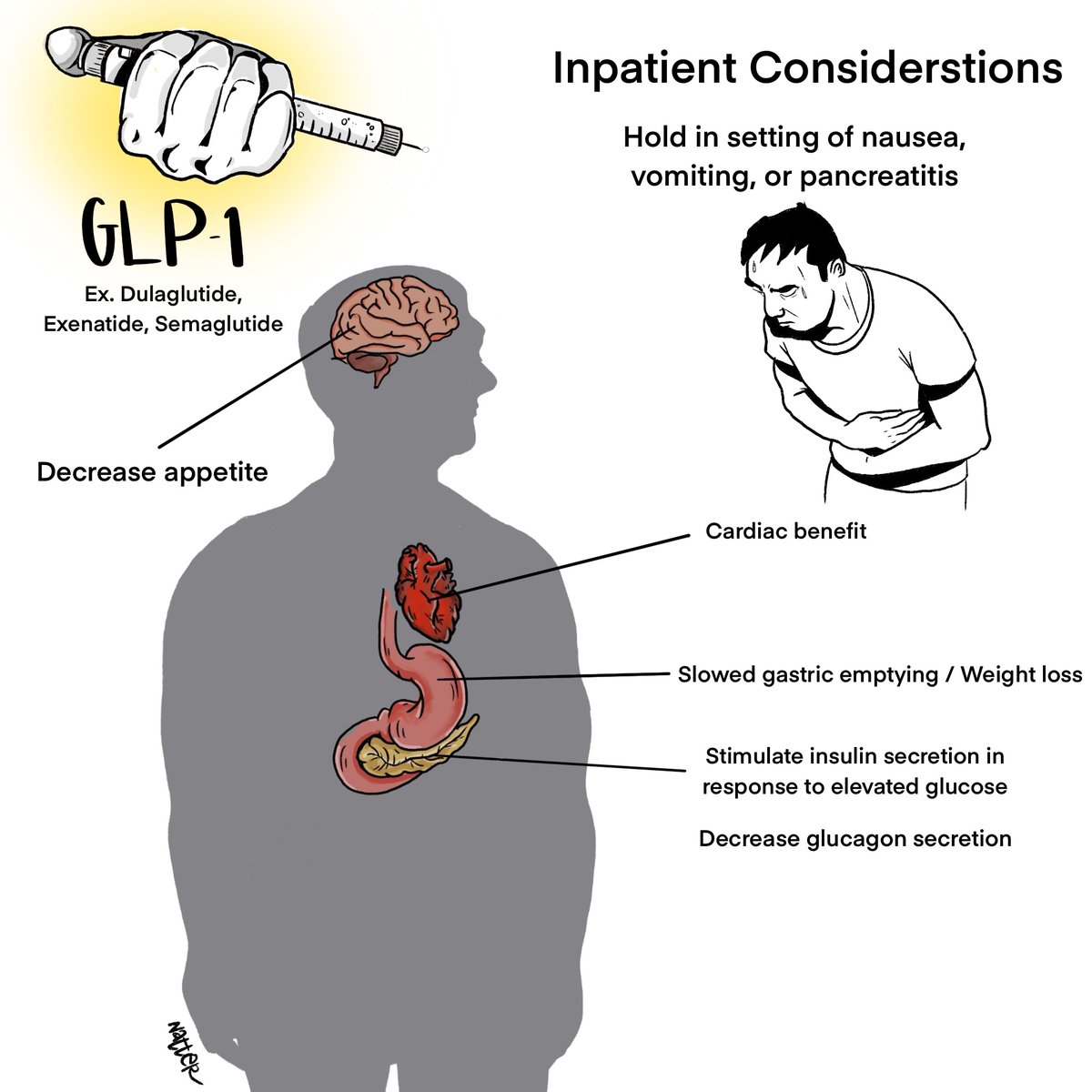
1/ 🚨New Episode Alert🚨
Bringing you the latest edition of #MindTheGap: Hyperkalemia in CKD
Available on any podcast app:
iTunes: bit.ly/coreimpodcast
Show Notes: bit.ly/3Hrkwn0
CME/MOC: bit.ly/CIMCME
Bringing you the latest edition of #MindTheGap: Hyperkalemia in CKD
Available on any podcast app:
iTunes: bit.ly/coreimpodcast
Show Notes: bit.ly/3Hrkwn0
CME/MOC: bit.ly/CIMCME

2/ Learn more about pseudohyperkalemia
Can there be pseudohyperkalemia if the lab doesn’t report it as #hemolyzed?!
What happens with whole blood collection that ⬇️ chances of pseudohyperkalemia?!
Sounds like you want to Keep listening right #MedTwitter ?...
Can there be pseudohyperkalemia if the lab doesn’t report it as #hemolyzed?!
What happens with whole blood collection that ⬇️ chances of pseudohyperkalemia?!
Sounds like you want to Keep listening right #MedTwitter ?...

3/ #MedTwitter, what have you learned in the past about restricting potassium in the diet in the context of CKD?
Talking with @sjoshimd, we discussed his approach, especially since high K foods have significant CV benefits, especially for those with CKD.
Talking with @sjoshimd, we discussed his approach, especially since high K foods have significant CV benefits, especially for those with CKD.

4/ Fin.
As always, thank you to our incredible team.
Hosts: @jwilliamMD, @nephron_andon
Guest Expert: @sjoshimd
Peer Review: @hswapnil, @RachelHilburg
Graphic: @DocScribbles
Audio Editor: Daksh Bhatia
As always, thank you to our incredible team.
Hosts: @jwilliamMD, @nephron_andon
Guest Expert: @sjoshimd
Peer Review: @hswapnil, @RachelHilburg
Graphic: @DocScribbles
Audio Editor: Daksh Bhatia
• • •
Missing some Tweet in this thread? You can try to
force a refresh




















